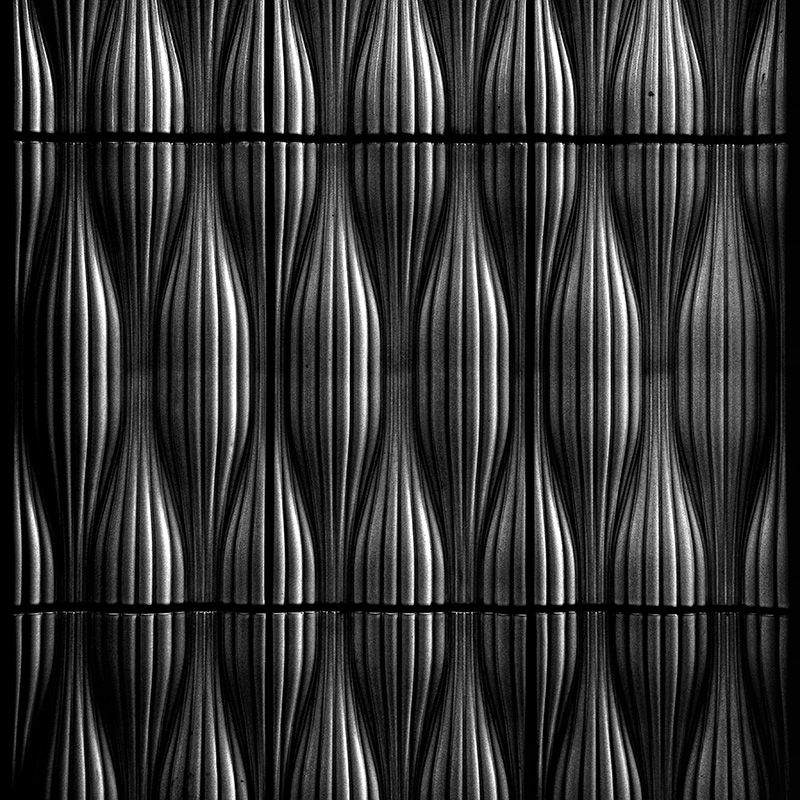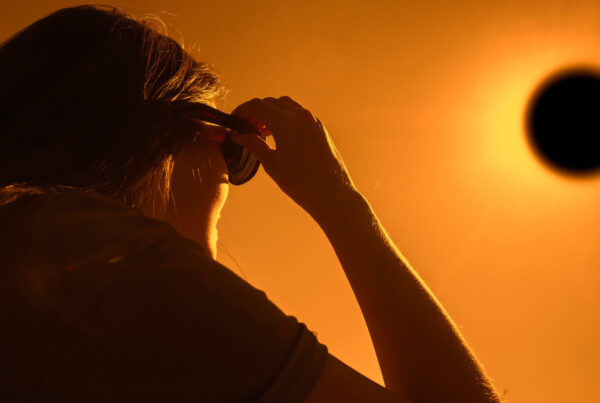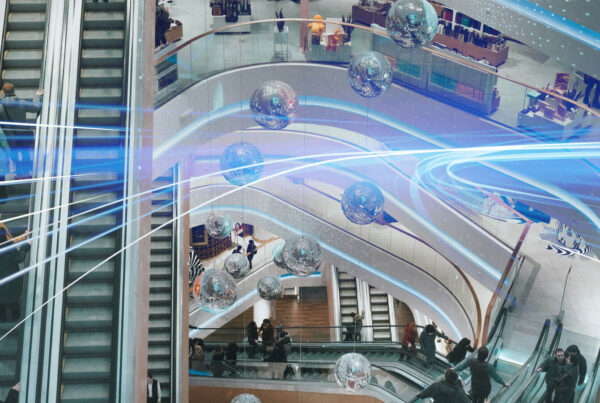Show your consumers that your brand has a pulse—and keep them excited for what’s next. Jessica Owen Stephens, Sr. Creative Director at LPK, explains how translating aesthetic trends into brand design creates more and more moments of delight.
If you work in branding, you know the only real constant is change. The pressure to continuously evolve your brand—in ways big and small—is real. But the reality of doing it well is riddled with challenges: shrinking budgets, cramped timelines, manufacturing woes, discerning retailers, fast-shifting shopping behaviors… and the list goes on. If you add in keeping pace with consumer culture and the nonstop wave of micro-aesthetics made popular by social media, determining the way forward can feel paralyzing.
Living, Breathing, Beautiful Brands
Still, it’s your job to find ways to refresh your brand and signal to consumers that it has a pulse—that it’s keeping pace with culture and, better yet, participating in it. At LPK, we help brands of all kinds do this through aesthetic trends translation. As a senior creative director, I’ve been using this approach for years in our work for iconic brands at companies like Procter & Gamble. The result is work that creates love at first sight, and keeps people anticipating your next move.
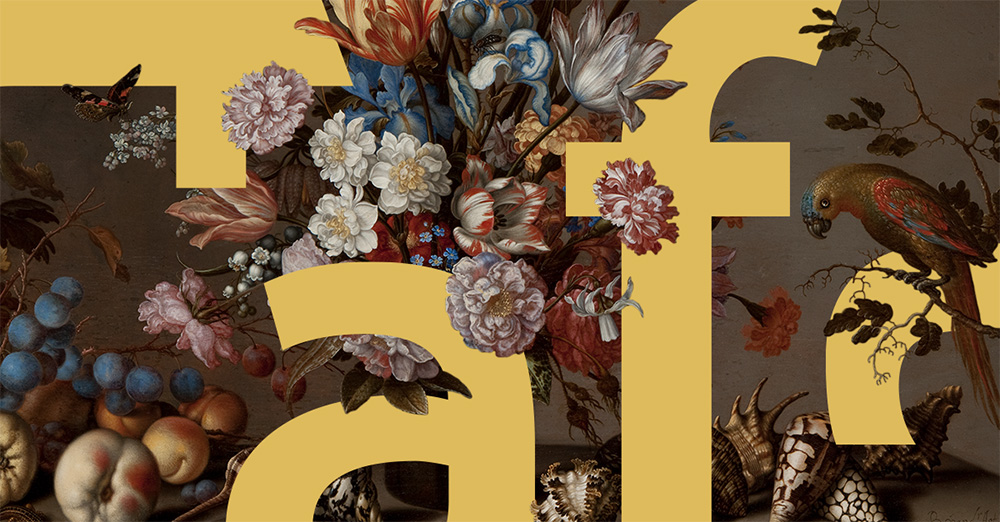

Moment of magic: LPK’s work for the Taft Museum of Art brings history into the modern era with emergent aesthetic trends.
The Trouble with Trends
As your consumer is dealing with a constant stream of visual inputs vying for their attention, you are likely inundated with trend reports that point you in different directions. If not done strategically, tapping into trends can be a huge gamble of time, money and hard-earned brand equity. Being out of touch with consumer culture is riskier than ever before. An ill-conceived aesthetic refresh could lead a brand to land wrong with consumers, be put on blast on social media or, worse, get completely “canceled.”
“If not done strategically, tapping into trends can be a huge gamble of time, money and brand equity.”
At LPK, we have a long history of using trends translation in a meaningful way to impact design—and ensure it resonates in culture. Trends translation can inform both major initiatives (think brand identity design) and smaller, incremental ones (like seasonal or limited-edition offerings)—the incremental evolutions that get consumers talking and, better yet, sharing.
An easy, well-known example of this out in the world is the pumpkin spice latte: a drink that sparked a craze for not just notes of cinnamon and nutmeg, but all the sensorial shifts and rituals that come with the onset of autumn—a reminder that seasonal shifts are a huge opportunity for all brands.
But pumpkin spice is just the beginning. Our work with Dunkin’ reflects consumer cravings for the many flavors that can elevate their moments—ones that the brand can nuance year to year based on emerging trends.

LPK’s work with Dunkin’ features have-to-have seasonal flavors—new releases that consumers await and go wild for.
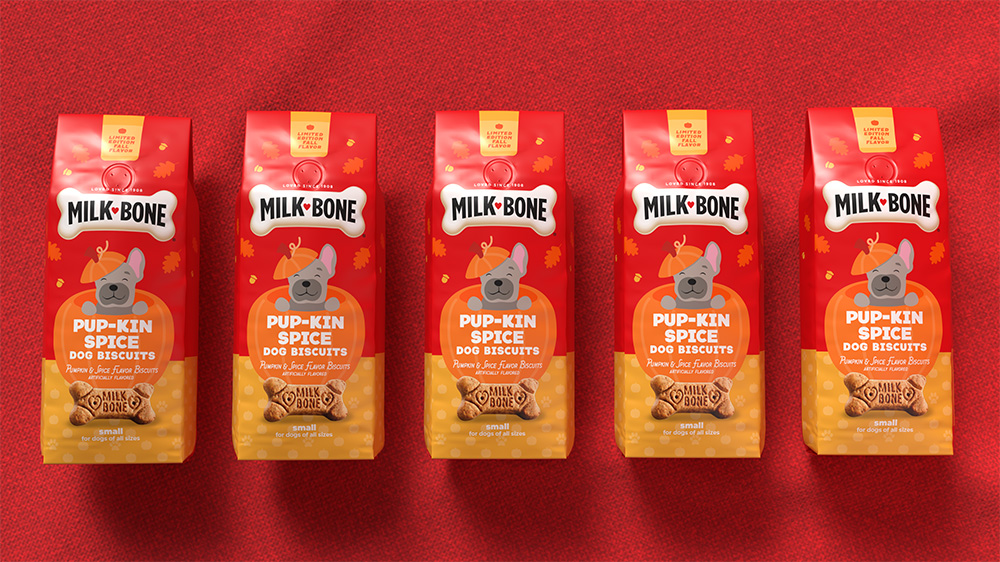
Our work on Milk-Bone’s Pup-kin Spice Dog Biscuits brings a major flavor trend to an unexpected category.
You might be thinking: seasonality has always been a strategy for CPG. And you’re right. But we can take the approach further—and the way is with aesthetic trends.
Debunking Myths about Trends
We know that trends—especially aesthetic ones—get a bad rap, often the first thing to be nixed from a project scope. They can be seen as shallow and fleeting. Fluffy fads that are too quick to action on. But I believe trends are data, rooted in your consumer’s world, that must be used as critical input into your creative strategy.
Let’s debunk a few myths about aesthetic trends:
- My brand is not in the fashion world, so trends don’t apply. Most people think of fashion/beauty when they think of aesthetics. But these trends have a reputable path of travel from fashion to beauty, health and wellness and countless other categories.
- Trends change is constant, so this isn’t a smart investment for my brand. No argument here: your brand should be more than a fleeting fad or a look. The value a trends translation process brings is discerning which trends have staying power and will ultimately implant themselves in the marketplace.
- I don’t have enough time to hurdle the manufacturing challenges and lead times. Some initiatives require you to design two years out, but others can afford shorter lead times, becoming efficient, impactful gestures to your consumer. Using trends as a guide—and understanding where your consumers fall on the adoption curve—can help you find the right cadence for your business.
When trends are used alongside consumer and category knowledge, they can act as a catalyst and propel your brand to the front of consumer consciousness, driving category conversation, versus following it.
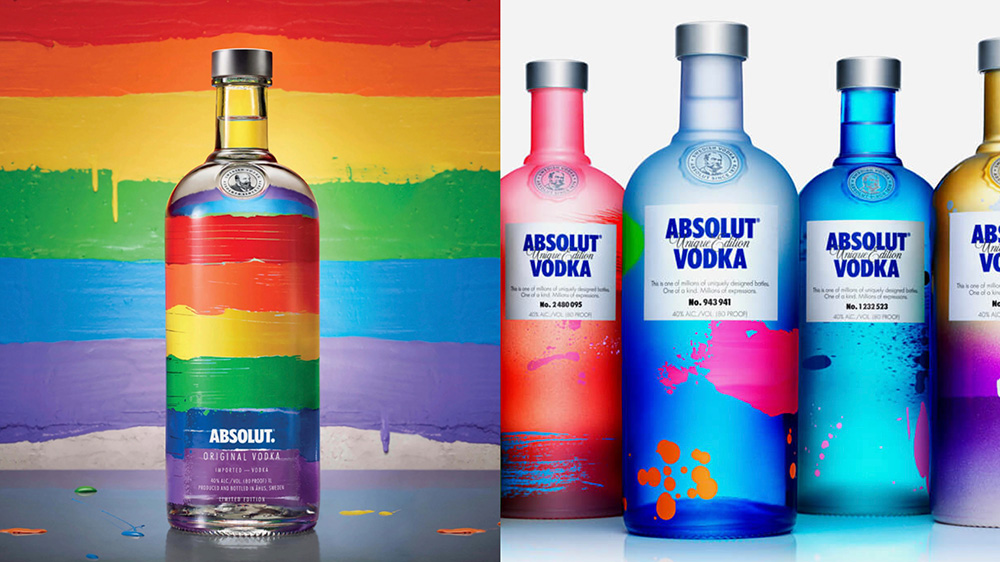
The quick-change artist: known for their ever-evolving bottles, Absolut Vodka draws on emergent fashion trends and anticipated occasions, such as PRIDE, to keep its presence in step with cultural conversation.
From Aesthetic Trend to Powerhouse Design
Understanding aesthetic trends is one thing. But translating them is the key. Every brand has access to the plethora of trend reports out there, but without a translator, the effect fails to enhance brand equity. We’ve created an approach that allows us to utilize aesthetic trends, along with consumer and category knowledge, and translate them into creative solutions that consumers have to have.
“It’s easy enough to take aesthetic trends and apply them to your brand. But here’s the catch: it won’t feel like a genuine expression.”
Becoming deeply immersed in your consumers’ lives is a key part of the trends translation process. Knowing when and to what degree they’ll embrace a trend is not just happenstance. There are decades worth of industry and academic research specifically focused on how new ideas and innovations are adopted in a culture. The model we often use is Rogers Diffusion of Innovation Curve (1962):

Part of this means swimming in the currents of their everyday: how and where they shop? What keeps them engaged? What do their multi-faceted lives look like? Answering these questions informs where we look for emergent trends, analyzing the next shifts coming that will color their world and influence their preferences.
How Trends Translation Works
Synthesizing these consumer and category insights with cultural events—be it a holiday, celebration or seasonal shift—creates a toolbox of aesthetic cues to draw on. Pushed through our own filter for creative excellence and the brand’s equity, the result is a fresh design approach that’s in line with consumer desires, as well as cultural change.
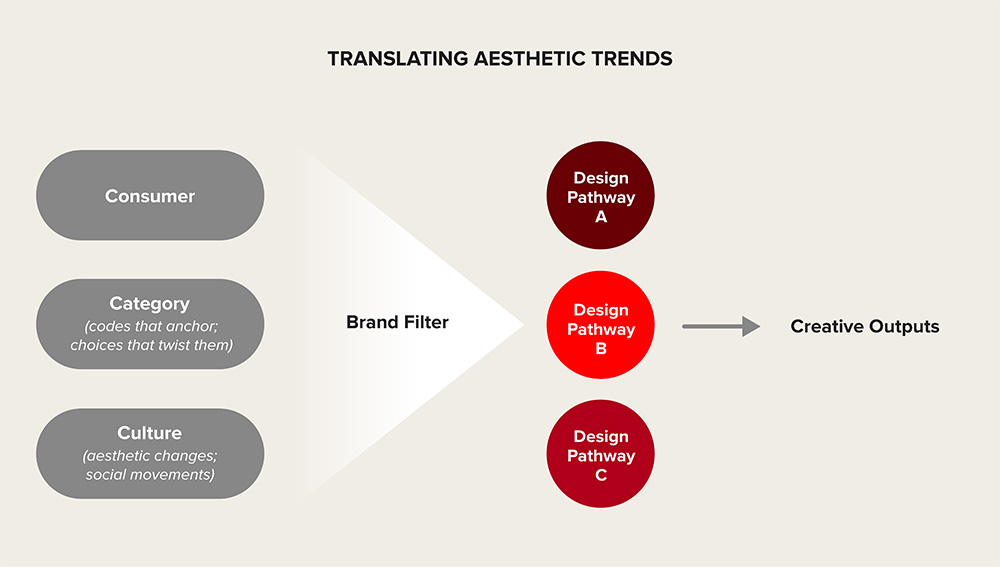
Driving Results through Trends Translation
In a world full of visuals vying for our attention, aesthetic trends translation offers a unique and efficient way to keep your brand current, delight your consumer and continuously serve up something fresh.
When you embed aesthetic trends translation into your process, you:
- Resonate beyond reason or rationale, creating moments of magic for your consumer.
- Give your brand a pulse and spur anticipation of what’s coming next.
- Reach emerging consumers and compel them to experience your brand.
- Drive the category conversation, versus follow it.
In today’s world, it’s critical to act on change: changing consumers, changing categories, changing aesthetics—even changing seasons. By harnessing trends and translating them into design strategies, you can stand out and thrive through change, versus falling behind.
Want to learn more about aesthetic trends and how to put them to work for your brand? Watch our latest Digital Roundtable, Must-Have Design.
